Home>Furniture & Design>Interior Design Trends>How To Put Wine Glass In Dishwasher
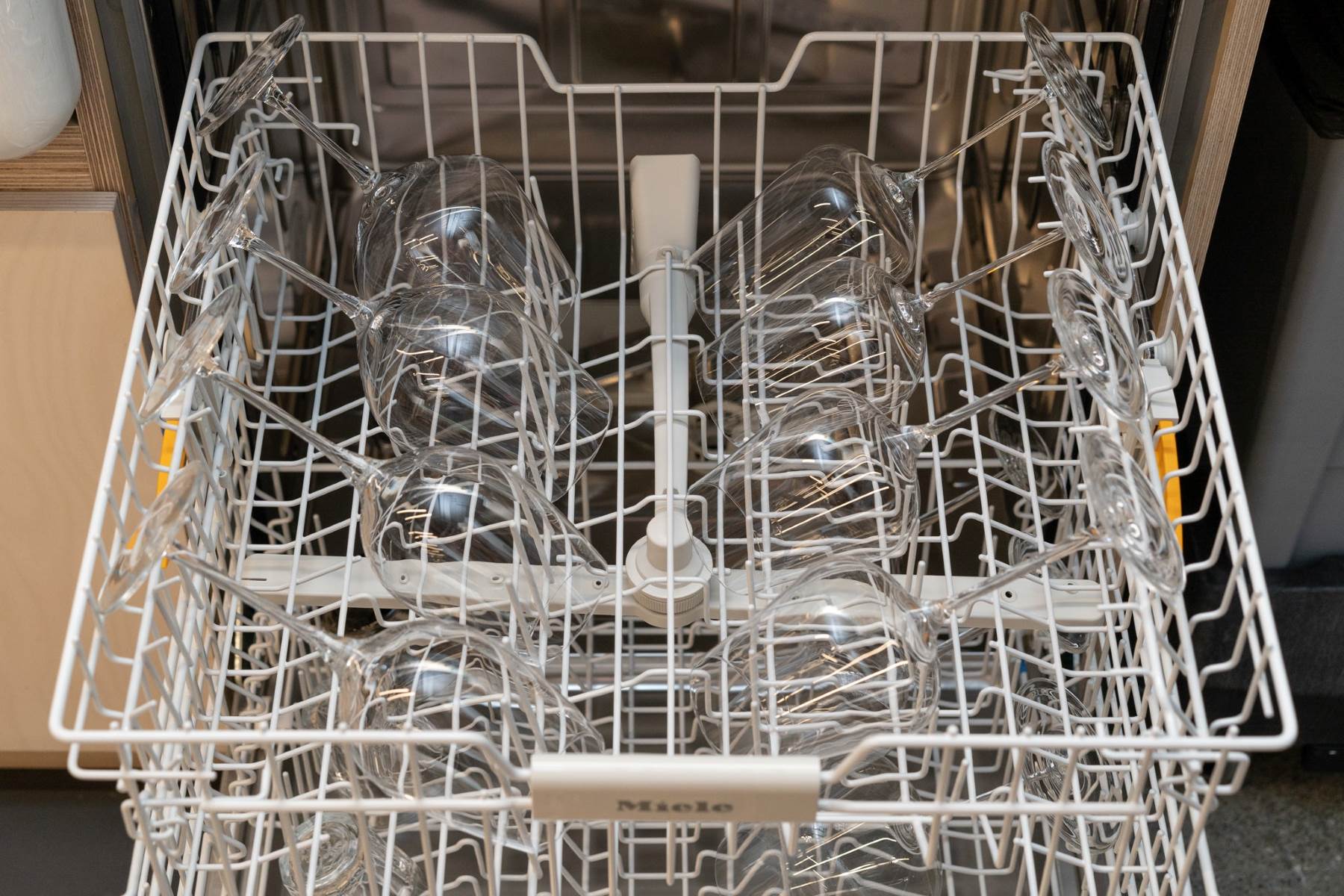

Interior Design Trends
How To Put Wine Glass In Dishwasher
Modified: March 18, 2024
Learn the best way to safely place wine glasses in the dishwasher and keep up with the latest interior design trends for your kitchen. Discover expert tips and tricks for maintaining a stylish and functional space.
(Many of the links in this article redirect to a specific reviewed product. Your purchase of these products through affiliate links helps to generate commission for Storables.com, at no extra cost. Learn more)
Introduction
Wine glasses are delicate and elegant, designed to enhance the sensory experience of enjoying a fine glass of wine. However, many people feel hesitant about placing these fragile vessels in the dishwasher, fearing breakage or damage. The good news is that with the right approach, it's entirely possible to safely and effectively clean wine glasses in the dishwasher, saving time and effort while ensuring they come out sparkling and ready for your next gathering.
In this comprehensive guide, we will walk you through the step-by-step process of properly loading and cleaning wine glasses in the dishwasher. By following these instructions, you can maintain the pristine condition of your wine glasses while enjoying the convenience of using your dishwasher for this delicate task.
Let's dive into the details of preparing the dishwasher, loading the wine glasses, selecting the appropriate dishwasher cycle, and unloading the wine glasses. By the end of this guide, you'll feel confident and empowered to include your cherished wine glasses in your regular dishwasher routine, knowing that they will emerge unscathed and ready to serve up your favorite vintages.
Key Takeaways:
- Safely clean wine glasses in the dishwasher by preparing with gentle detergent, adjusting water temperature, and securing glasses. Select a gentle cycle and handle glasses with care when unloading for sparkling results.
- Delicately load wine glasses in the dishwasher, spacing them out, securing them, and avoiding contact with other items. Choose a gentle cycle and handle glasses with care when unloading for pristine and unharmed glassware.
Read more: What To Put In Wine Glass Favors
Step 1: Preparing the dishwasher
Before loading your precious wine glasses into the dishwasher, it's crucial to ensure that the appliance is ready to handle these delicate items with care. Proper preparation of the dishwasher will help minimize the risk of breakage and ensure that your wine glasses emerge from the cleaning cycle unscathed.
1.1 Check the dishwasher for residue
Start by inspecting the dishwasher for any lingering food particles, detergent buildup, or other debris. It's essential to clean out the dishwasher's interior, including the racks and spray arms, to prevent any foreign substances from coming into contact with your wine glasses during the cleaning process.
1.2 Use a gentle detergent
Select a mild, non-abrasive dishwasher detergent that is suitable for delicate glassware. Avoid using harsh or abrasive detergents, as they can potentially etch or damage the surface of the wine glasses. Additionally, ensure that the rinse aid dispenser is filled to help prevent water spots and promote efficient drying.
1.3 Adjust the water temperature
Check the water temperature settings on your dishwasher. For washing wine glasses, it's recommended to use a lower temperature setting to avoid subjecting the delicate glass to extreme heat, which can lead to thermal shock and potential breakage.
1.4 Inspect the dishwasher rack
Examine the dishwasher rack to ensure that it is clean and free from any debris or obstructions. If the rack contains any protruding tines or metal pieces that could potentially come into contact with the wine glasses, consider using a silicone or plastic rack cover to provide an extra layer of protection.
1.5 Run a rinse cycle
If the dishwasher has not been used recently, consider running a quick rinse cycle to flush out any residual detergent or impurities. This step helps ensure that the wine glasses are not exposed to any unwanted contaminants during the cleaning process.
By taking these preparatory steps, you can create a safe and gentle environment within the dishwasher, setting the stage for successful cleaning of your wine glasses without compromising their integrity. With the dishwasher primed and ready, you can proceed to the next step of loading the wine glasses with confidence and peace of mind.
Step 2: Loading the wine glasses
Loading wine glasses into the dishwasher requires a delicate touch and strategic placement to ensure they receive a thorough yet gentle cleaning. By following these guidelines, you can safeguard your wine glasses from potential damage while maximizing the dishwasher's cleaning efficiency.
2.1 Positioning the wine glasses
Carefully space the wine glasses on the dishwasher rack, ensuring that they are not overcrowded. Overlapping or tightly packed glasses can lead to chipping or breakage during the washing cycle. Allow sufficient distance between each glass to minimize the risk of collision and ensure adequate water circulation for thorough cleaning.
Read more: What To Put In A Wine Rack Besides Wine
2.2 Securing the wine glasses
To prevent the wine glasses from shifting or tipping during the dishwasher's operation, it's essential to secure them in place. Utilize the dishwasher's stemware holders or tuck the stems between the tines of the rack to provide stability and prevent the glasses from swaying or knocking into each other. This extra precaution helps maintain the glasses' structural integrity throughout the cleaning process.
2.3 Avoiding contact with other items
When loading the wine glasses, take care to position them away from any items that could potentially come into contact with the delicate glass surfaces. Keep them separate from heavier or sharper items such as pots, pans, or utensils to minimize the risk of impact or abrasion. By isolating the wine glasses within the dishwasher, you can reduce the likelihood of damage from external sources.
2.4 Using the top rack
Whenever possible, place the wine glasses on the dishwasher's top rack to provide added protection from the intense water pressure and heat generated during the cleaning cycle. The top rack offers a gentler environment for delicate glassware, shielding them from the direct force of the water jets and ensuring a more controlled washing process.
2.5 Considering handwashing
If you have concerns about loading your wine glasses into the dishwasher, or if they hold sentimental or monetary value, consider handwashing them instead. While the dishwasher offers convenience, handwashing allows for greater control and personalized care, reducing the risk of accidental damage and prolonging the lifespan of your cherished wine glasses.
By following these loading guidelines, you can entrust your wine glasses to the dishwasher with confidence, knowing that they are positioned and secured to withstand the cleaning process without compromising their elegance and functionality. With the wine glasses loaded and ready, the next step involves selecting the appropriate dishwasher cycle to ensure optimal cleaning results.
Read more: Where To Put Detergent In Dishwasher
Step 3: Selecting the appropriate dishwasher cycle
Choosing the right dishwasher cycle is crucial to ensure that your wine glasses are cleaned effectively without being subjected to excessive heat or harsh conditions. Most modern dishwashers offer a variety of cycles tailored to different types of loads, including delicate items such as wine glasses. By understanding the available options and their implications, you can make an informed decision that prioritizes the gentle treatment of your fragile glassware.
3.1 Gentle or delicate cycle
Many dishwashers feature a dedicated gentle or delicate cycle specifically designed for fragile items such as wine glasses. This cycle typically uses lower water pressure and milder temperatures to minimize the risk of breakage or damage. Selecting this option can provide a more controlled and gentle cleaning process, reducing the likelihood of stress on the glass and preserving its pristine condition.
3.2 Short or quick cycle
If your dishwasher offers a short or quick cycle, consider using this option for lightly soiled wine glasses. Short cycles are designed to complete the cleaning process in a shorter time frame, often with reduced intensity compared to standard cycles. This can be advantageous for wine glasses that require minimal cleaning, allowing them to be swiftly and efficiently washed without prolonged exposure to the dishwasher's cleaning elements.
3.3 Eco-friendly or energy-saving cycle
Some dishwashers offer eco-friendly or energy-saving cycles that prioritize efficiency and resource conservation. While these cycles are designed to reduce water and energy consumption, they can also provide a gentler approach to cleaning. By selecting an eco-friendly cycle, you can minimize the environmental impact while ensuring that your wine glasses receive a more sustainable and considerate cleaning treatment.
Read more: How To Price Wine By The Glass
3.4 Custom or programmable options
Certain dishwashers allow for custom or programmable cycles, enabling you to tailor the cleaning parameters to suit the specific needs of your wine glasses. This level of customization empowers you to adjust factors such as water temperature, duration, and intensity, providing a high degree of control over the cleaning process. By customizing the cycle, you can optimize the settings to align with the delicate nature of wine glasses, ensuring a personalized and attentive cleaning experience.
3.5 Avoiding intensive cycles
When selecting the appropriate dishwasher cycle for wine glasses, it's important to avoid using intensive cycles intended for heavily soiled or durable items. These cycles typically involve higher temperatures, stronger water pressure, and longer durations, which may pose a risk to delicate glassware. By steering clear of aggressive cleaning cycles, you can safeguard your wine glasses from potential harm and maintain their elegance and functionality.
By carefully considering these dishwasher cycle options, you can make a well-informed choice that prioritizes the gentle treatment of your wine glasses. Selecting the appropriate cycle sets the stage for a successful cleaning process, ensuring that your delicate glassware emerges from the dishwasher unscathed and ready to grace your table with elegance and charm.
Step 4: Unloading the wine glasses
After the dishwasher completes its cleaning cycle, the final step in the process involves delicately unloading the wine glasses to ensure they emerge unscathed and sparkling. Proper unloading techniques are essential to safeguard the integrity of the delicate glassware and maintain its pristine condition for future use.
-
Wait for the cooling period: Once the dishwasher cycle concludes, it's important to allow a brief cooling period before unloading the wine glasses. This brief interlude enables the glasses to acclimate to the surrounding temperature, reducing the risk of thermal shock that could occur if they are immediately exposed to cooler air.
-
Open the dishwasher door with care: Gently open the dishwasher door, taking care to avoid sudden movements that could jostle the glasses or cause them to shift within the racks. By exercising caution during this initial step, you can minimize the risk of accidental impact or disturbance to the wine glasses.
-
Inspect the cleanliness of the glasses: Before removing the wine glasses from the dishwasher, take a moment to visually inspect them for any residual spots or blemishes. If any areas require additional attention, consider hand-drying the glasses with a soft, lint-free cloth to ensure they emerge flawlessly clean and free from water marks.
-
Handle the glasses with care: When handling the wine glasses, grasp them by the base or stem to avoid placing pressure on the delicate bowl or rim. By supporting the glasses from the sturdier lower portion, you can prevent unnecessary stress on the more fragile upper sections, reducing the risk of breakage or distortion.
-
Mindful placement on the drying rack: After removing the wine glasses from the dishwasher, carefully place them on a designated drying rack or soft, absorbent towel. Avoid stacking the glasses or placing them in close proximity to prevent potential collisions or damage. Allowing the glasses to air dry in a secure and well-spaced arrangement promotes a seamless transition from the dishwasher to their storage location.
-
Inspect for damage or imperfections: As you unload the wine glasses, take a moment to inspect each one for any signs of damage, such as chips, cracks, or scratches. Identifying and addressing any issues promptly can help preserve the quality and longevity of your glassware collection, ensuring that only pristine glasses are returned to service.
By following these meticulous unloading practices, you can safeguard your wine glasses from potential harm and maintain their exquisite appearance and functionality. With the unloading process complete, your wine glasses are now ready to grace your table, elevating the enjoyment of your favorite wines with their radiant allure and timeless elegance.
Conclusion
In conclusion, the process of safely and effectively cleaning wine glasses in the dishwasher involves a series of thoughtful and deliberate steps, each aimed at preserving the delicate nature of these elegant vessels. By adhering to the guidelines outlined in this comprehensive guide, you can confidently integrate your cherished wine glasses into your regular dishwasher routine, knowing that they will emerge unscathed and ready to serve up your favorite vintages.
From the initial preparation of the dishwasher to the meticulous unloading of the wine glasses, every stage of the process is designed to prioritize the gentle treatment and careful handling of these fragile items. By inspecting the dishwasher for residue, using a gentle detergent, adjusting the water temperature, and securing the wine glasses during loading, you create a protective environment that minimizes the risk of breakage and damage.
Selecting the appropriate dishwasher cycle further enhances the safeguarding of your wine glasses, allowing you to tailor the cleaning parameters to align with their delicate nature. Whether opting for a gentle or delicate cycle, a short or quick cycle, an eco-friendly or energy-saving cycle, or customizing the settings to suit your specific needs, the choice of cycle plays a pivotal role in ensuring a successful and considerate cleaning process.
The unloading phase represents the culmination of the entire process, requiring patience and attentiveness to ensure that the wine glasses emerge flawlessly clean and unharmed. By waiting for the cooling period, handling the glasses with care, and inspecting them for any imperfections, you complete the journey of cleaning wine glasses in the dishwasher with the utmost diligence and respect for their elegance.
Ultimately, the ability to confidently clean wine glasses in the dishwasher empowers you to enjoy the convenience of modern technology without compromising the beauty and functionality of these exquisite glassware pieces. Whether preparing for a casual gathering or an elegant soirée, the assurance that your wine glasses can be seamlessly integrated into your dishwasher routine adds a layer of convenience and ease to your entertaining endeavors.
By following the comprehensive steps outlined in this guide, you can embrace the practicality of using the dishwasher for cleaning wine glasses while upholding the timeless allure and delicate craftsmanship of these treasured items. With the knowledge and confidence gained from this guide, you can embark on a journey of effortless maintenance and care for your wine glasses, ensuring that they continue to enrich your wine-tasting experiences for years to come.
Frequently Asked Questions about How To Put Wine Glass In Dishwasher
Was this page helpful?
At Storables.com, we guarantee accurate and reliable information. Our content, validated by Expert Board Contributors, is crafted following stringent Editorial Policies. We're committed to providing you with well-researched, expert-backed insights for all your informational needs.
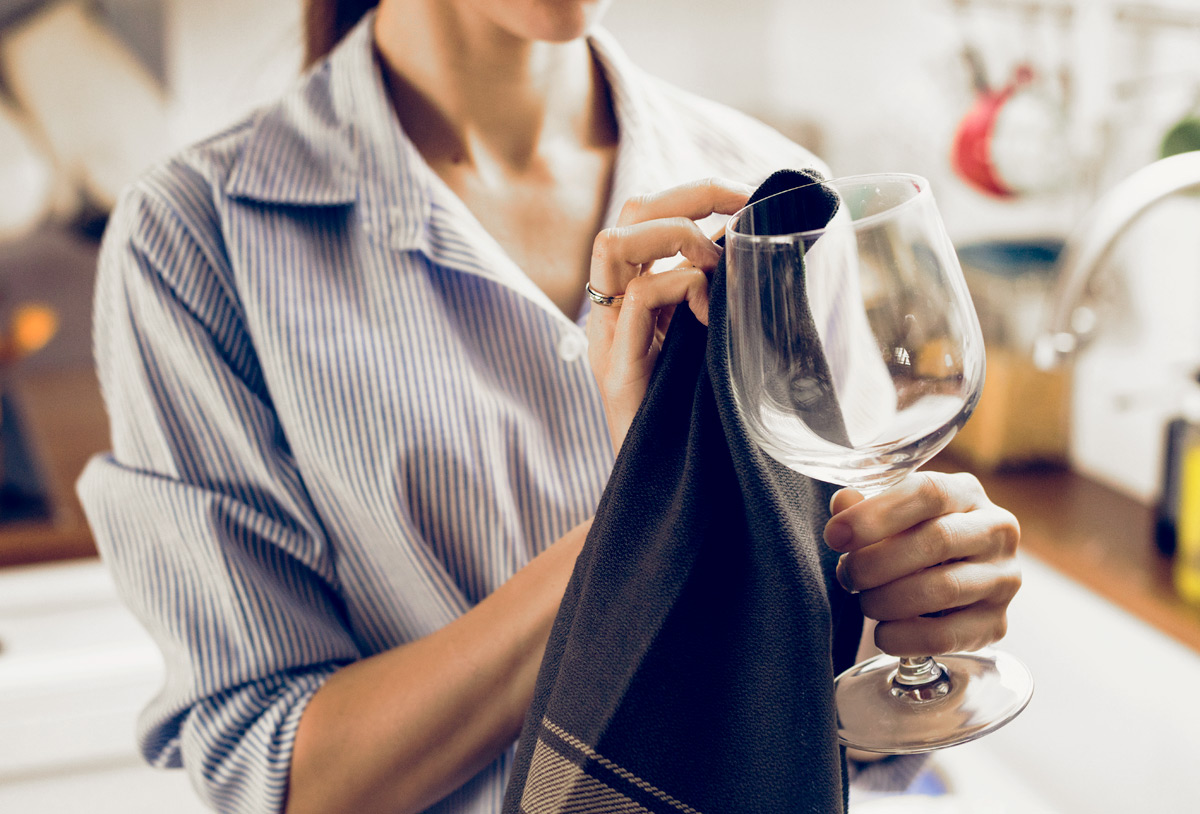
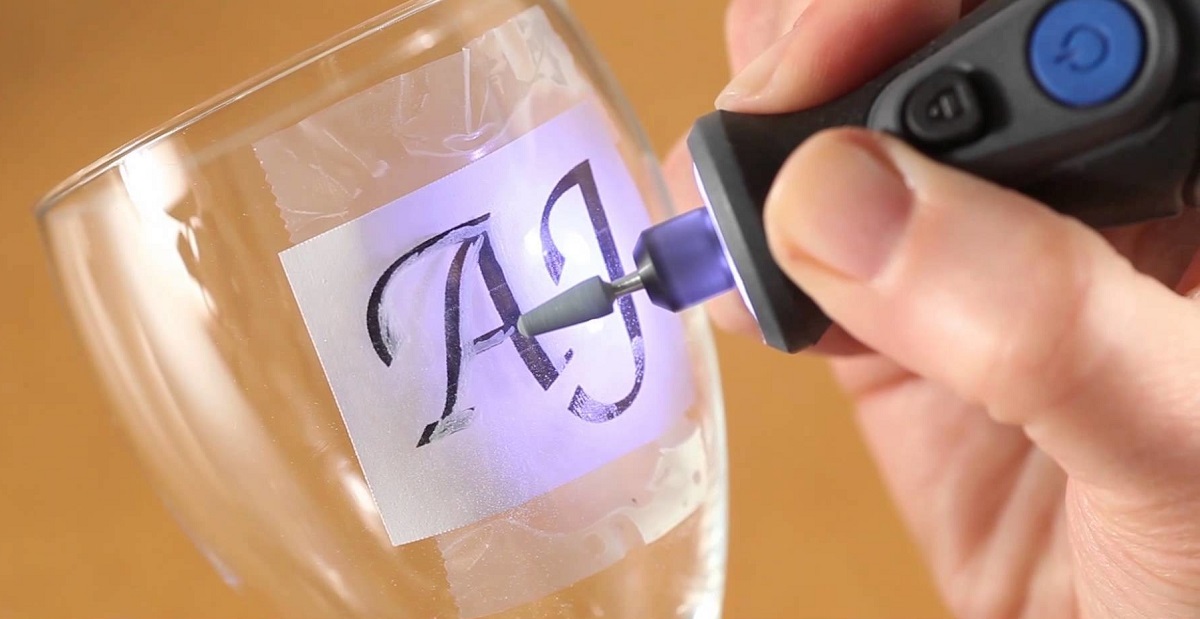



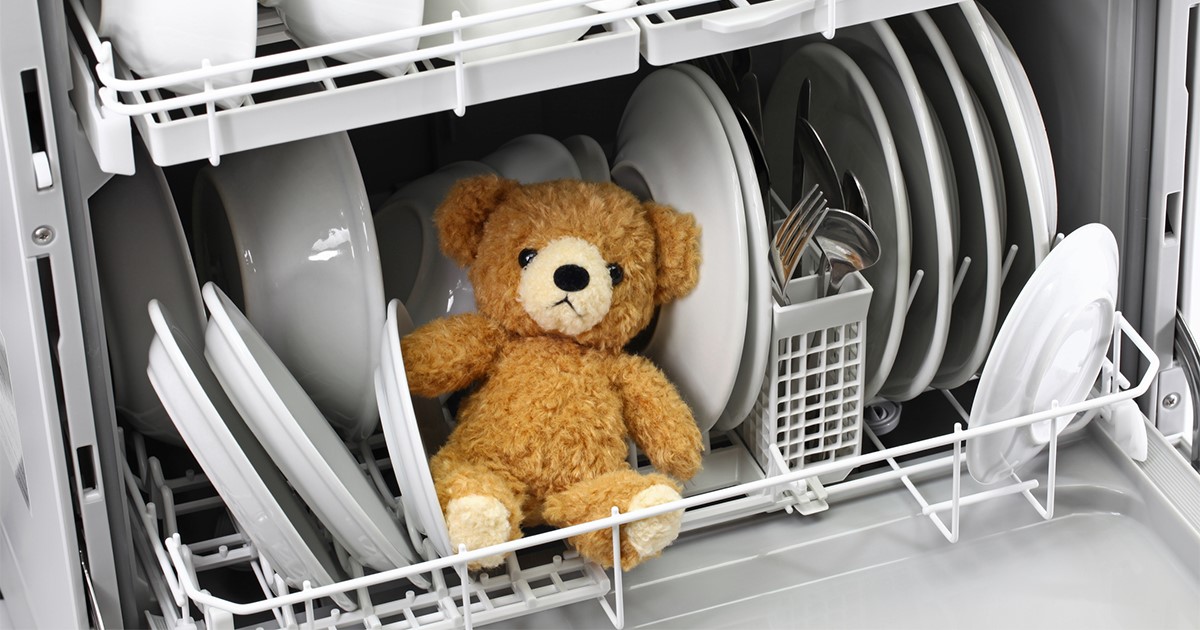
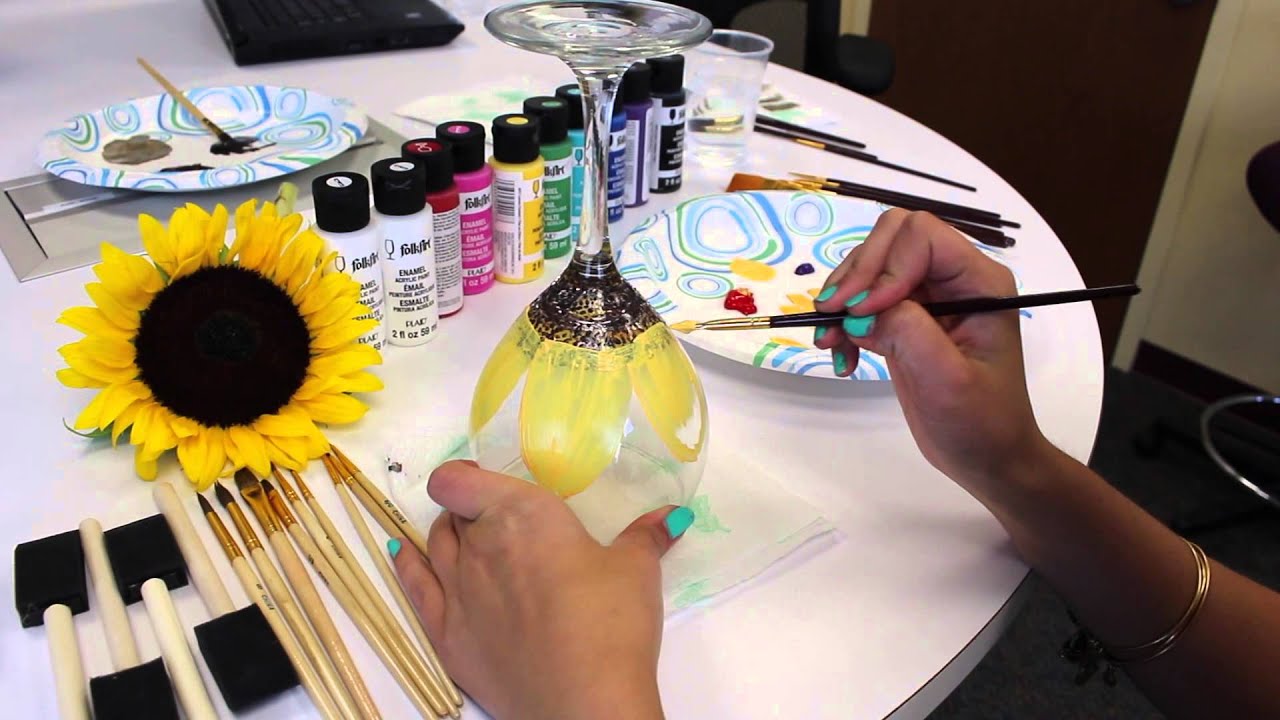





0 thoughts on “How To Put Wine Glass In Dishwasher”